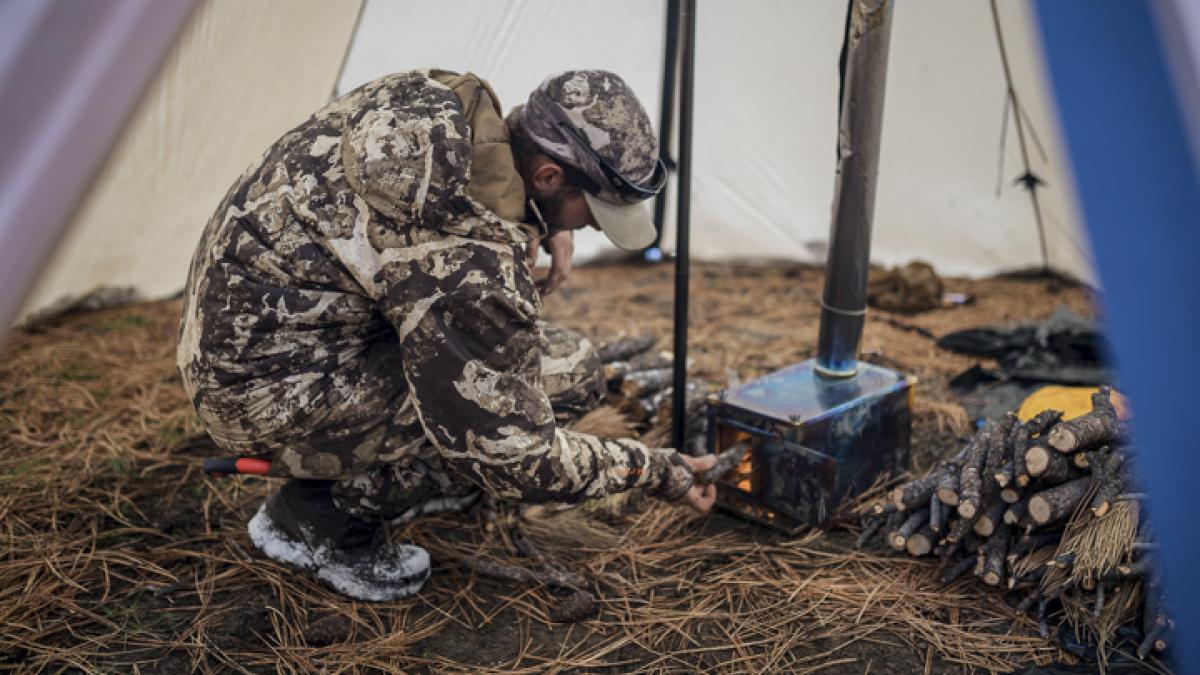
Staying Warm and Sleeping well in the Backcountry-Tips and Tricks
By Brad Brooks
If you backpack hunt enough, you're likely to suffer through the night at some point. Unexpected weather changes, taking your summer weight sleeping bag, and intentionally leaving the tent at home are all situations that could result in a poor night's sleep. And when you do have a miserable night's sleep, or multiple nights in a row, it can seriously impact your attitude, patience and decision-making.
This piece is something I mostly wrote for myself, after two decades of backpacking and thinking I understood how sleeping bags and pads worked, but coming to the realization I didn't after suffering too many cold nights with the best gear.
First, I'll run through some basic principles for understanding how to stay warm in the backcountry, and at the end I go through 5 tips for a warmer night's sleep. As always, questions and comments are welcome at the end.
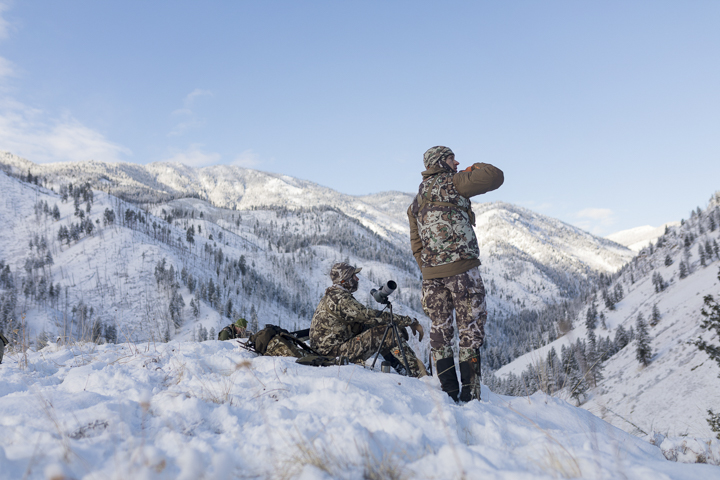
Warm Air and Insulation
There are two key principles that help to understand up front when it comes to staying warm. These are basic, but foundational.
-
Still, trapped warm air is what keeps you warm. Your sleeping pad and your sleeping bag are both performing this function all around your body using air to insulate cold air from above and below you, and to trap warm air around your body to insulate you from the cold air outside. The more still, warm air you have around you, the warmer you will be. This may sound like an incredibly obvious point, but it is the foundation for understanding how your pad, bag and tent can all work together to create warmth.
- Radiant heat is the other factor that helps to keep you warm. Some sleeping bags and pads use materials that literally reflect heat, which can have a significant impact on the heat.
Understanding Sleeping Bag Temperature Ratings
I loath temperature ratings on sleeping bags. They are misleading, inconsistent and highly suspicious. Anyone who has ever slept in a sleeping bag knows that the temperature ratings on different brands can vary wildly, almost to the point of being ridiculous. And different brands use temperature ratings differently too. Some brands look at temperature ratings as a safety measure, while others use them as a comfort rating.
As an example, if you purchase a 20-degree sleeping bag the manufacturer may have intended for that rating to mean that you will survive through the night in 20-degree weather (but not be comfortable), or they may have meant that you will be comfortable through the night in 20-degree weather. Those are very different assumptions, neither of which are typically communicated to the customer. All you get from most brands is a nebulous, and undefined "temperature rating".
I like what ThermaRest does on all their bags by giving you a "comfort range" of temperatures. This system is a more honest approach because most of us are looking for a bag that will keep us warm at a certain temperature point. With that said, make sure you understand what the manufacturer intended with their temperature rating, and ask them how they determine or test for that rating.
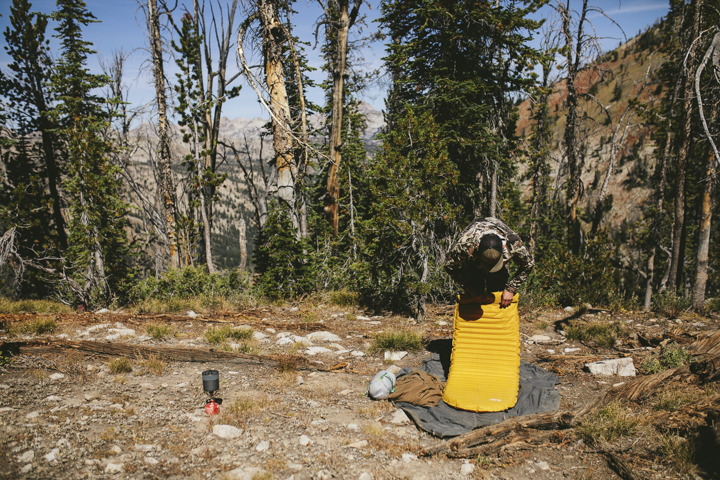
Your Sleeping Pad is Key
This is one of the truths of sleeping on the ground that I was slow to pick up on. Your pad is not just supposed to provide you with comfort. It is at least as important as your sleeping bag in keeping you warm. When the temperature drops, just grabbing a warmer sleeping bag won't necessarily keep you warm. I learned this lesson the hard way, on multiple trips (I'm a slow learner).
The reason for this has to do with how sleeping pads function to keep you warm. I won't go into depth on this here (for more in depth information on sleeping pads and r-values), but your sleeping pad insulates you by keeping cold air away from your body, and keeping warm air close to your body. Warmer sleeping pads have different ways of accomplishing this objective, but what is important to take away here is that your pad is equally as important as your sleeping bag in staying warm and comfortable.
Your Tent Matters
If you go back up to the first principle, you'll remember that warm, still air is what is working to keep you warm in your sleeping pad and bag. A tent or bivvy sack that keeps the wind from whisking warm air away from your sleeping bag and pad will keep you noticeably warmer. Not only that, but a small tent with a couple of people emitting body heat will be some warmth as the tent fabric itself can retain some amount of heat.
I often use a tarp during the early season, and I have spent some cold nights when the wind is really whipping sleeping under that tarp. A double wall tent, particularly a small one, with one or two people putting out heat will provide some warmth. And if you get a layer of snow on the outside of your tent, you'll get even more insulation. However, a note of caution here, particularly in the late season when it is frigid out, don't count on your tent providing you added insulation. It plays a role in your warmth and comfort, but it is dependent on a number of variables.
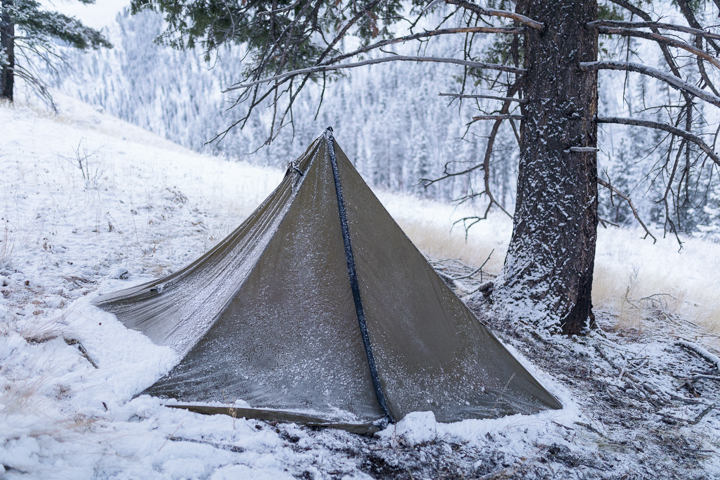
Warmer Pad, Bag or Both?
This is the crux of decision-making for backcountry hunters that are trying to cut weight from their pack. You want to be warm, but figuring out which sleeping bag and pad combo that will keep you warm, but is as light as possible is a process of trial and error. The key takeaway is to understand that your pad and bag together are what will make or break your sleep, not one or the other.
Test out your system at home if you want to know before you go out in the backcountry, but I wouldn't skimp on the warmth of your sleeping pad.
Figure Out Your Tolerance for Suffering
There are no awards or bragging rights for a high tolerance for suffering. In fact, regular suffering may be a sign of incompetence. But, if you can stomach some level of suffering for a lighter pack you might not mind the trade-off. On the other hand, if sleeping like you've had a cup full of Nyquil is important, you may not mind the extra weight in your pack.
There is no right answer, but figuring out where your personal tolerance is does matter. And a good rule of thumb is to spend a few nights in your backyard or patio testing out your sleep kit at different temperatures to figure out where your tolerance lies.
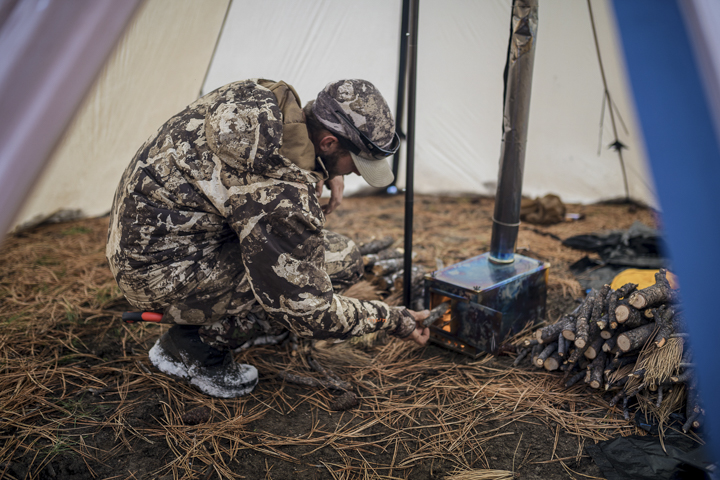
Tips for Staying Warm
- Wear your clothes to bed. Whoever started the myth that sleeping naked keeps you warmer needs to cease spreading this myth. I talked to ThermaRest product testers about this particular myth. The evidence is unequivocal. Wearing clothes will keep you warmer. The only caveat to this is if you are wearing too many clothes and the down in your bag becomes compressed from the bulkiness of your clothes, it will decrease the warmth of your bag.
- Add a barrier between your pad and the ground. If the temperature drops, try putting pine branches between your pad and the ground to keep your pad from touching the ground (just make sure the branches aren't going to puncture your pad). Putting your backpack between your pad and the ground (preferably near your torso) will also help to keep you warmer.
- Cover your head. Wear a balaclava, knit hat or anything else to keep your noggin warm.
- Tuck in your shirt. Whatever you wear to bed, if you tuck in your shirt to your long underwear or pants, it will help trap warm air next to your body.
- Hot water bottle. This is a well-known trick, but it works. When you go to bed, boil a liter of water, put it in a Nalgene and put it in your sleeping bag near your legs or feet. That bottle will stay warm all or most of the night and put out a surprising amount of heat throughout the night. Plus, you'll have an unfrozen bottle of water for your morning coffee and breakfast when you wake up.
__________________________________________
If you have a favorite tip for staying warm, or anything other wisdom to add here, please share it below in the comments.